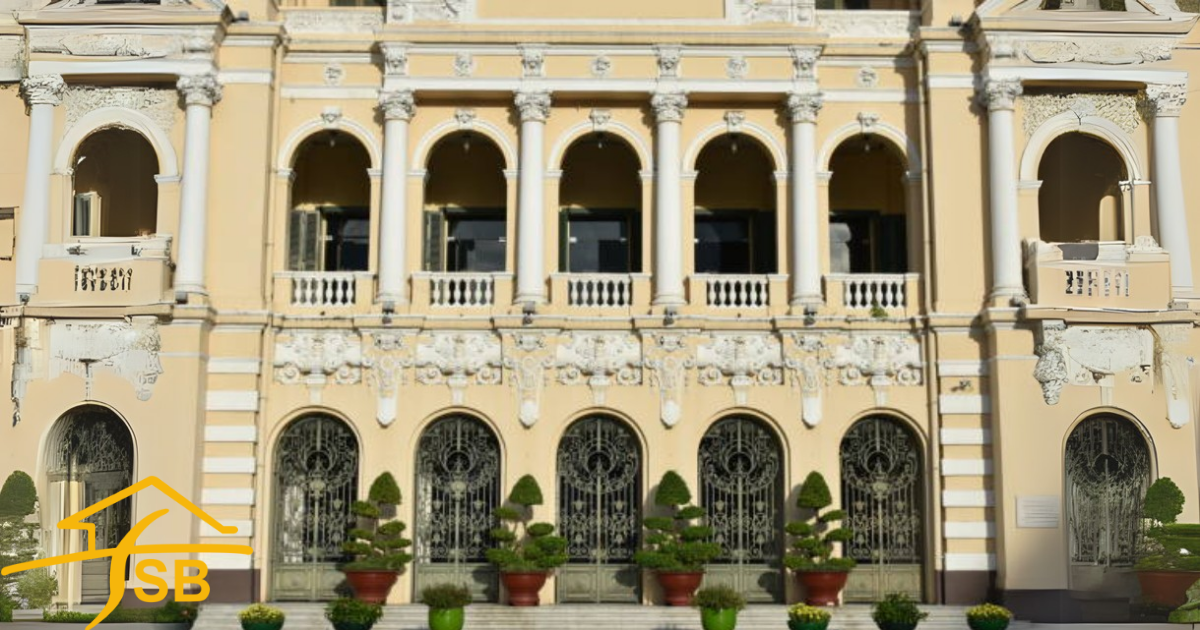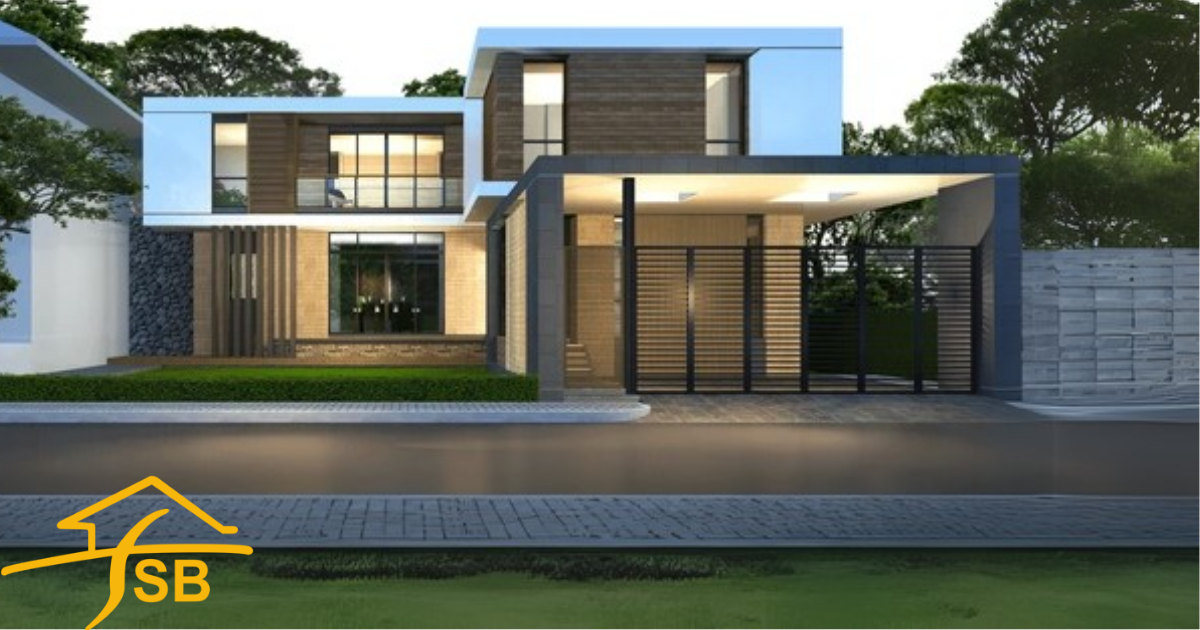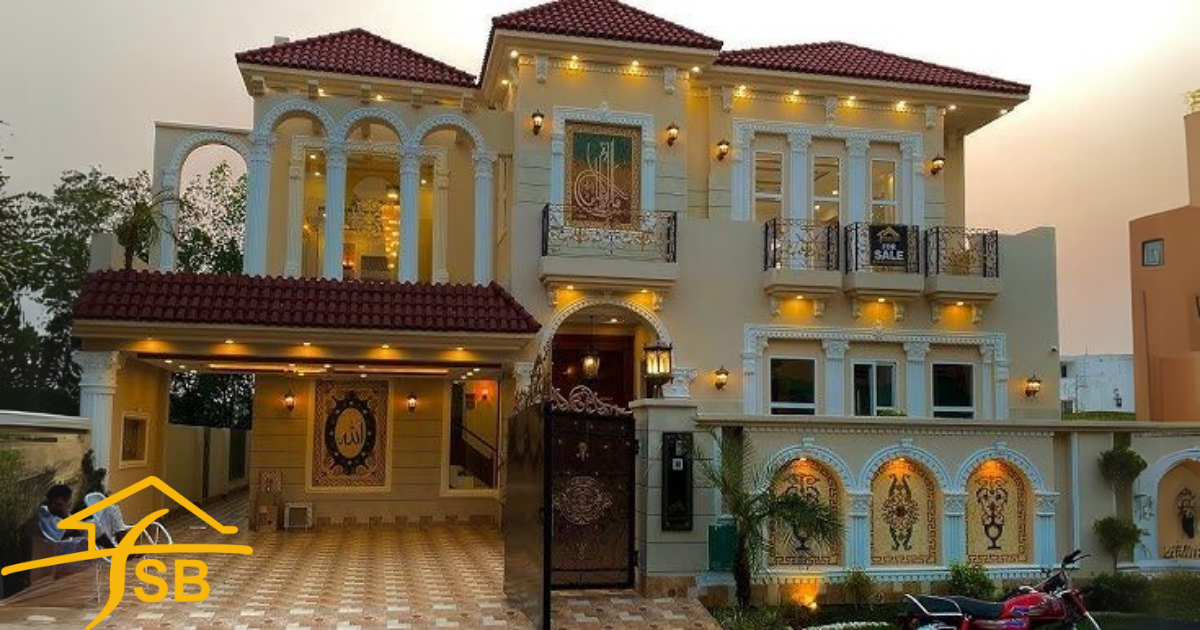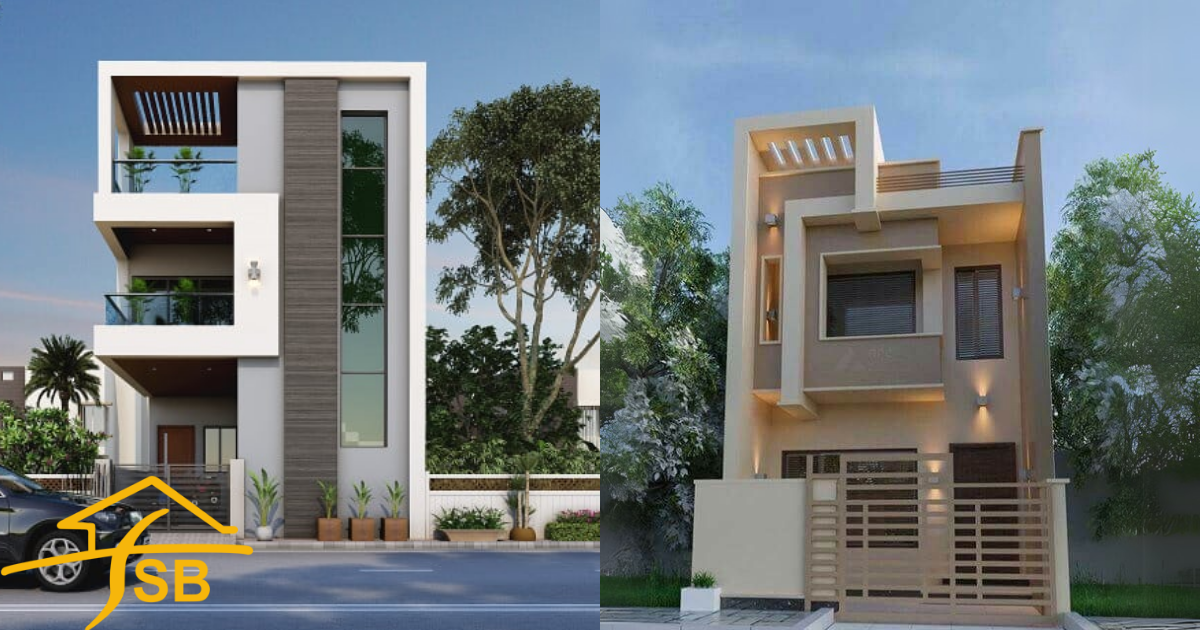The front elevation, or facade, is your home's face, reflecting your style and architectural preferences. In Pakistan, a rich blend of traditional and modern influences shapes the architectural landscape, and the demand for creative and functional front elevation designs has surged. Here, we will discuss popular design options for building elevations.
Traditional Front Elevation Styles
Traditional front elevation styles in Pakistan are deeply rooted in cultural heritage and characterised by intricate craftsmanship and timeless aesthetics. Features such as arches, jharokhas (overhanging enclosed balconies), and detailed woodwork give these designs a regal and historic charm.
Common materials include sandstone, marble, or locally sourced bricks, which lend a rustic yet elegant feel to the façade. These styles are particularly prevalent in cities like Lahore, influenced by Mughal architecture, and in rural Sindh, where traditional designs blend seamlessly with functionality. They reflect the region’s historical richness while meeting local climatic needs.

Contemporary Elevation Designs
Contemporary elevation designs have gained popularity in Pakistan's urban centres for their sleek and modern appeal. These facades focus on minimalist aesthetics, with clean lines, large glass windows, and neutral or monochromatic colour schemes.
Materials such as concrete, steel, and glass dominate these designs, offering a chic and polished look. Contemporary facades, commonly seen in upscale housing societies like DHA and Bahria Town, prioritize simplicity, functionality, and openness, appealing to homeowners who embrace international architectural trends.

Mixed-Style Elevations
Mixed-style elevations combine the best of traditional and contemporary architecture, resulting in a façade design that is unique and versatile. These designs incorporate modern layouts, such as sleek geometries, with traditional elements like stone carvings, wooden accents, or decorative arches.
This approach is perfect for homeowners seeking a harmonious blend of heritage and modernity, reflecting cultural pride and contemporary sophistication. Mixed-style elevations are particularly favoured by families wanting a personalised yet functional design that stands out in urban neighbourhoods.

Elevation Design Tips for Small Houses
Designing the front elevation of a small house requires careful planning to maximise its visual appeal without compromising functionality. Here are some tips to consider:
Vertical Elements:
Utilize tall windows or vertical grooves to create an illusion of height.
Balconies and Bay Windows:
dd charm and functionality without taking up additional ground space. Opt for a clean and minimalist design to avoid cluttering the façade.
Smart Color Palette:
Choose a colour scheme that complements your home's style and surroundings.
Strategic Landscaping:
Use landscaping to frame your home and create a welcoming entrance. By incorporating these tips into your 3, 5, or 10-marla house design, you can achieve a stunning front elevation that maximises curb appeal and reflects your personal style.

Key Considerations for Front Elevation Design
Materials and Textures:
Common materials like brick tiles, plaster, and ceramic mosaics add durability and elegance. Also choose shades that complement the local architectural style.
Lighting:
Use well-placed lighting to highlight design elements and add nighttime charm.
Landscaping:
Greenery frames the elevation, adding natural beauty and enhancing the entrance.
For optimal design results, consider consulting a professional architect. They can provide 3D visualizations and expert guidance on material selection, ensuring a functional and appealing facade.
Conclusion
The front elevation represents personality, taste, and value. Whether for traditional, contemporary, or mixed-style designs, the right choice enhances curb appeal and aligns with the homeowner’s lifestyle. In Pakistan, with diverse architectural trends and cultural richness, front elevation designs continue to evolve, catering to urban and rural needs.
Consulting a professional architect is a wise investment to ensure a flawless design. Whether optimizing materials or visualizing your ideas through 3D concepts, their expertise ensures your dream facade becomes a reality, seamlessly balancing aesthetics, functionality, and budget.